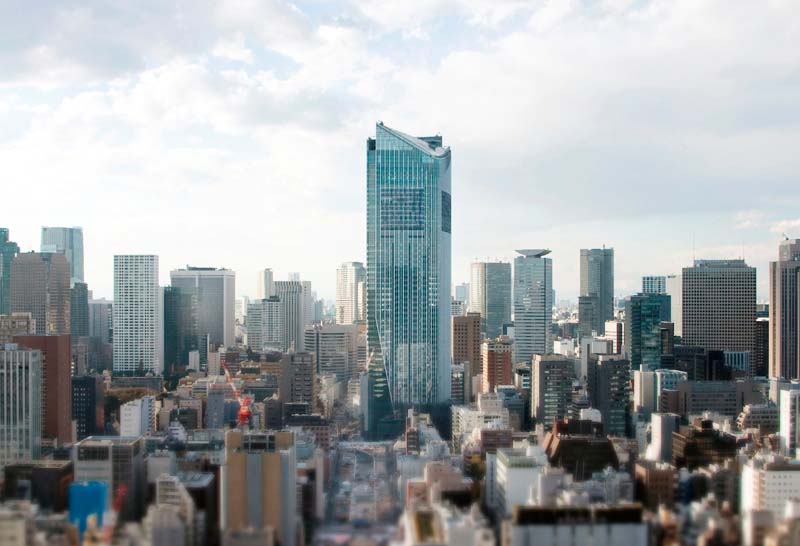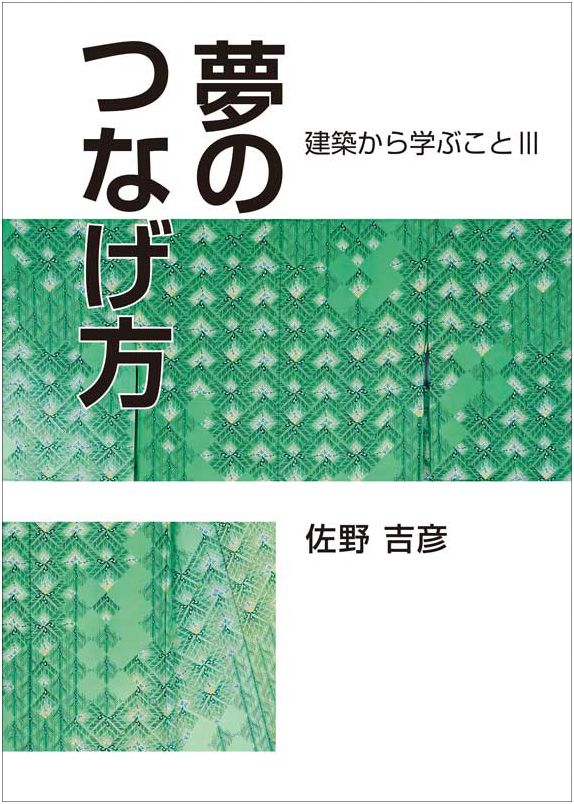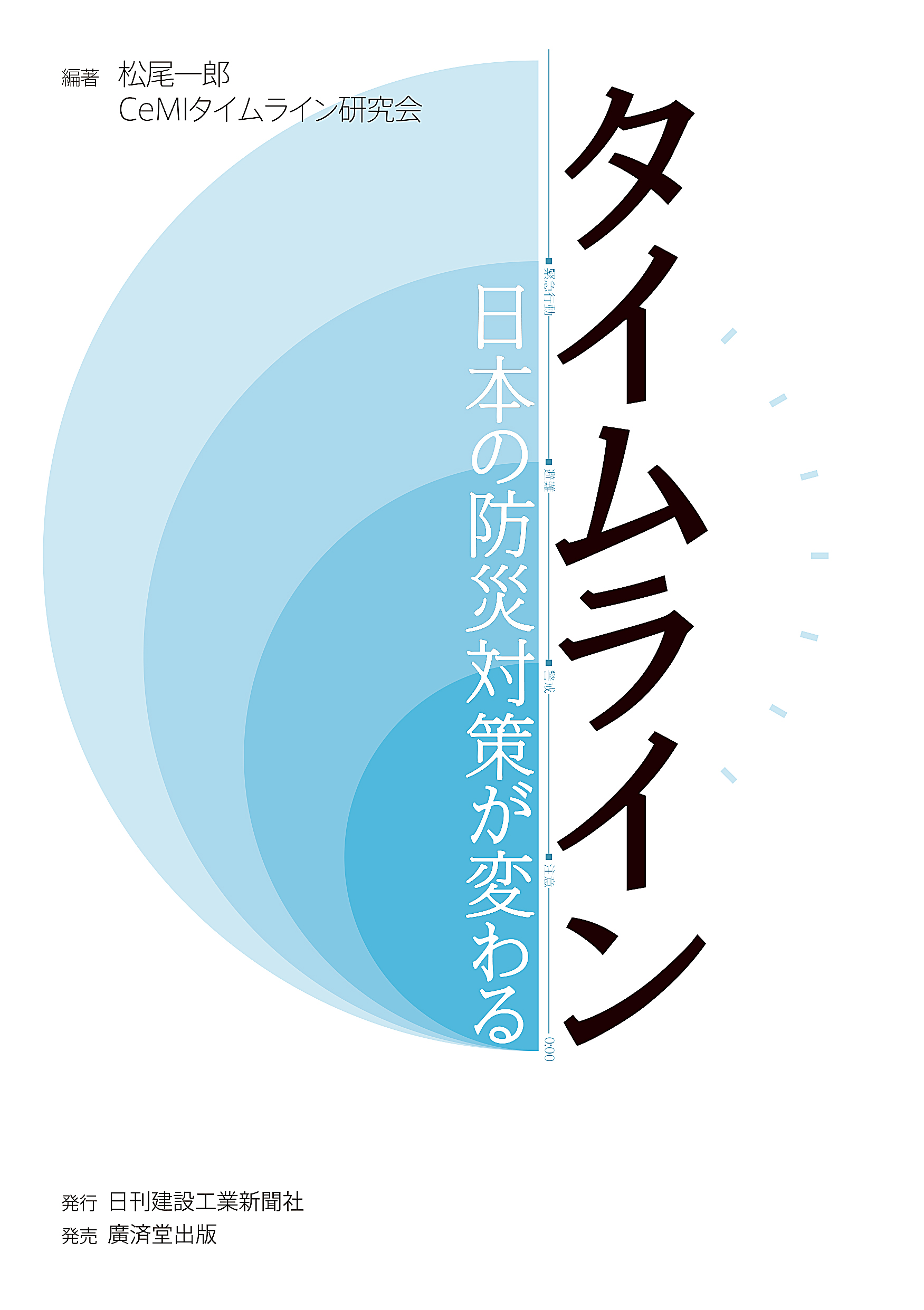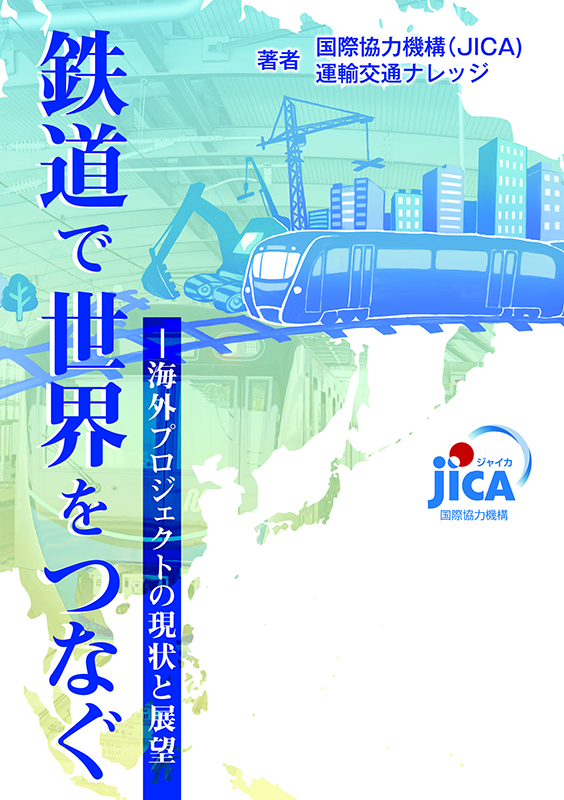As the economic recovery gets a boost alongside high expectations toward the Olympic Games in 2020, Tokyo has seen a series of large-sized private developments moving ahead including the nation’s tallest residential tower and the highest office building in the city. The high rises are expected to add variety to the capital’s skyline.
The title of Japanese tallest building was handed over last year for the first time in 21 years to 300 meter Abeno Harukasu in Osaka from 296 meter Yokohama Landmark Tower. In 1960s and 70s, Tokyo experienced skyscrapers development fever; Kasumigaseki Building, 147 meters, Shinjuku Sumitomo Building, 210 meters and Shinjuku Mitsui Building, 225 meters.
After the Tokyo Metropolitan Government’s main tower in Shinjuku reached a record 243 meter high in 1991, Akasaka’s 248 meter Midtown Tower became the tallest building in the capital in 2007, followed by 247 meter Toranomon Hills which opened in 2014.
Japan is hardly a major player in the global skyscraper competition. Dubai’s Burj Khalifa is the current world’s tallest at 828 meters. More than 100 super high rises with more than 300 meters height exist in the world, many of which are concentrated in North America, the Middle East and Asia.
Japanese government and municipalities have restricted the height of structures due to the high risk of earthquakes and preservation of the urban landscape. The National Strategic Special Zone’s designated projects, however, are given an exemption of the height limit. A 250 meter building is under development in Yaesu, Chuo-Ku, which is slated to open in 2024. A planned residential tower in Toranomon is projected to reach 220 meter when completed in 2019, which will become the Japan’s tallest apartment building. With the loosened restrictions and improved business climate, a plan to build the nation’s highest skyscraper could be feasible in central Tokyo, said a Tokyo Metro government official. (2015/06/29)
















